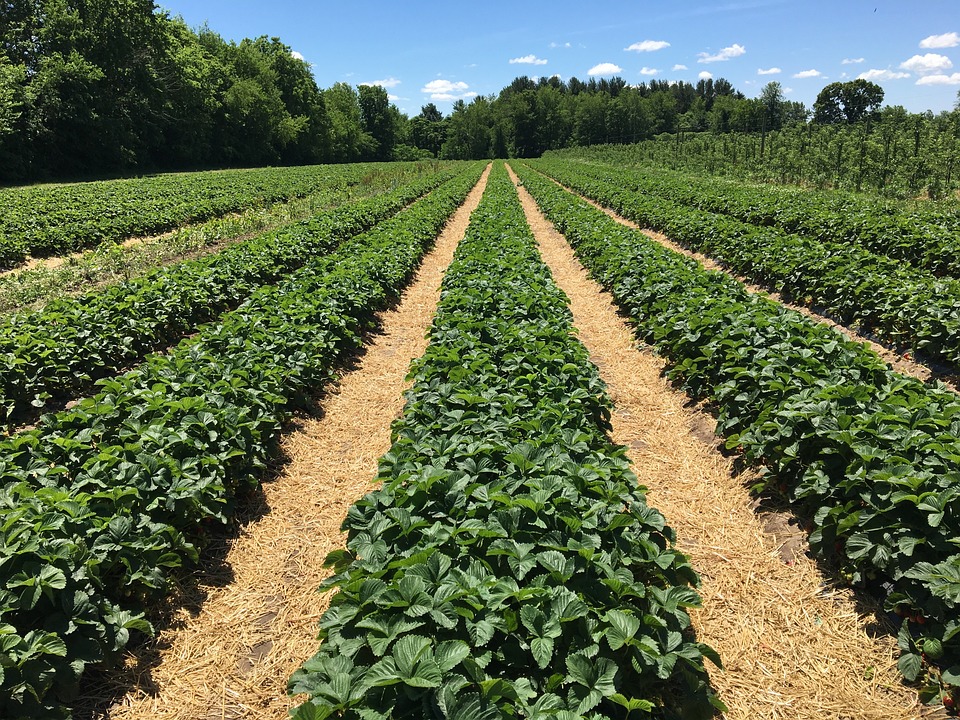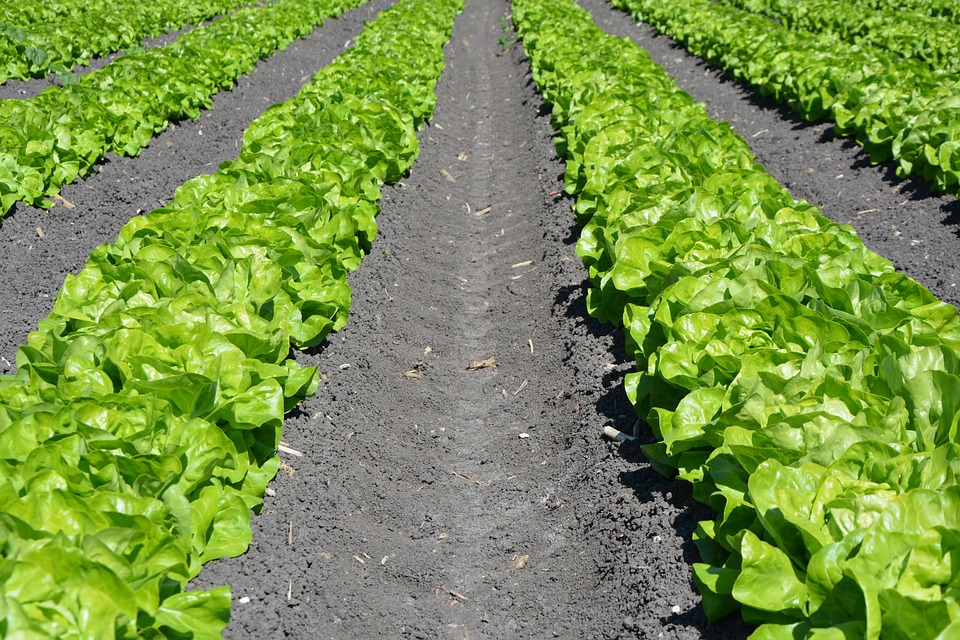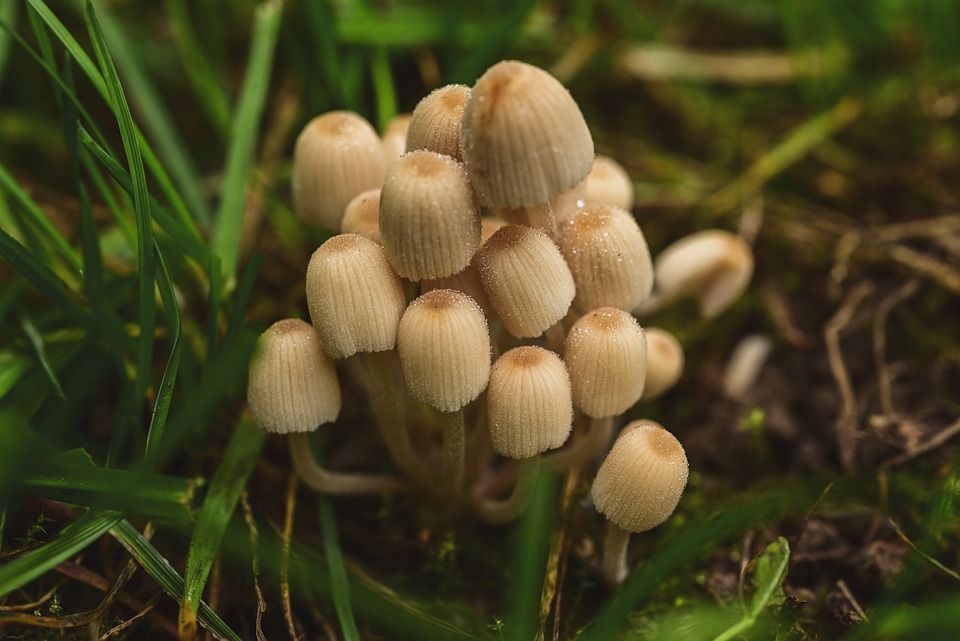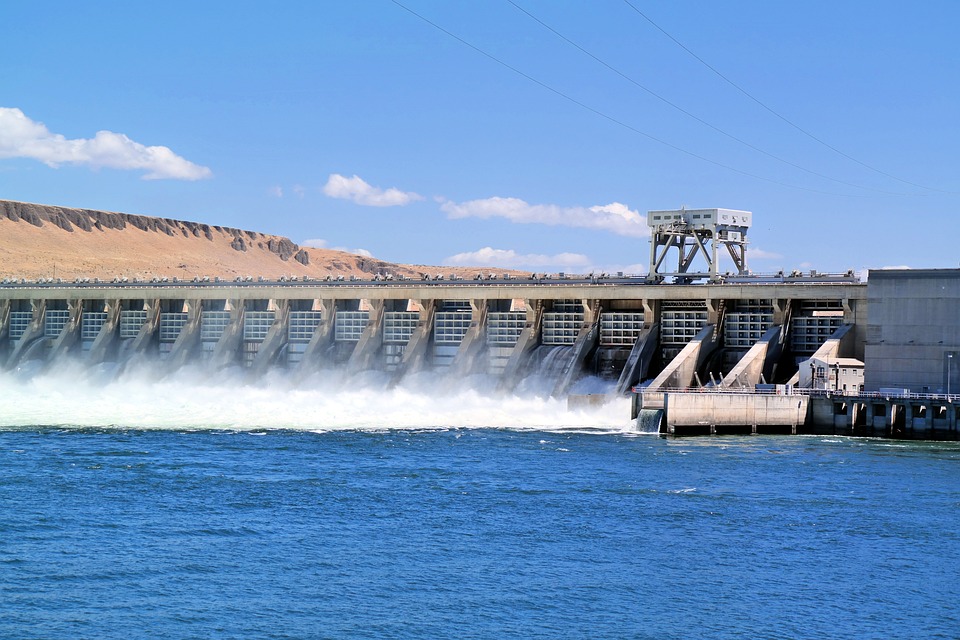Growing Green: Exploring the Benefits and Challenges of Sustainable Farming
Growing Green: Exploring the Benefits and Challenges of Sustainable Farming Living off the grid has been an incredible journey for me, as someone who loves sustainable farming and gardening. It has provided me with the opportunity to live a more sustainable and self-sufficient lifestyle, while also giving me the chance to connect with nature in a way that I never thought possible. One of the biggest draws for me has been the ability to grow my own food and live off the land. Sustainable farming and gardening have become a huge passion of mine, and I can’t wait to share the benefits and challenges of this lifestyle with you. Benefits of Sustainable Farming There are countless benefits to sustainable farming and gardening, both for the farmer and for the environment. One of the biggest benefits is the ability to produce fresh, organic food right in your own backyard. This not only saves money on groceries, but also reduces your carbon footprint by cutting down on the transportation and packaging of store-bought produce. Additionally, sustainable farming practices promote biodiversity, soil health, and water conservation, all of which are crucial for the long-term health of our planet. By implementing sustainable farming techniques, we can help to protect the environment and ensure that future generations have access to healthy, nutritious food. Challenges of Sustainable Farming While the benefits of sustainable farming are clear, there are also a number of challenges that come with this lifestyle. One of the biggest challenges is the amount of physical labor and time that is required to maintain a successful farm or garden. From tilling the land and planting crops, to weeding and harvesting, sustainable farming is a labor-intensive process that requires dedication and hard work. Additionally, sustainable farming can be more susceptible to the unpredictability of weather and pests, meaning that farmers must be prepared to adapt and problem solve as issues arise. However, for those who are willing to put in the effort, the rewards of sustainable farming far outweigh the challenges. Pro Tips: 1. Start small and be patient – Sustainable farming is a journey, not a destination. Start by growing a few vegetables or herbs and gradually expand your garden as you gain experience and confidence. 2. Embrace diversity – Planting a variety of crops can help to attract beneficial insects, improve soil health, and prevent the spread of disease. Don’t be afraid to experiment with different types of plants and growing techniques. 3. Learn from others – Join a local gardening club or sustainable farming community to connect with like-minded individuals and learn from their experiences. The knowledge and support of others can be invaluable as you embark on your sustainable farming journey. In conclusion, sustainable farming and gardening offer a wide range of benefits, from providing fresh, organic food to helping protect the environment. While there are certainly challenges that come with this lifestyle, the rewards are well worth the effort. By embracing sustainable farming practices, we can all do our part to create a healthier, more sustainable future for ourselves and for generations to come. So grab your gloves and shovel and get ready to grow green!










